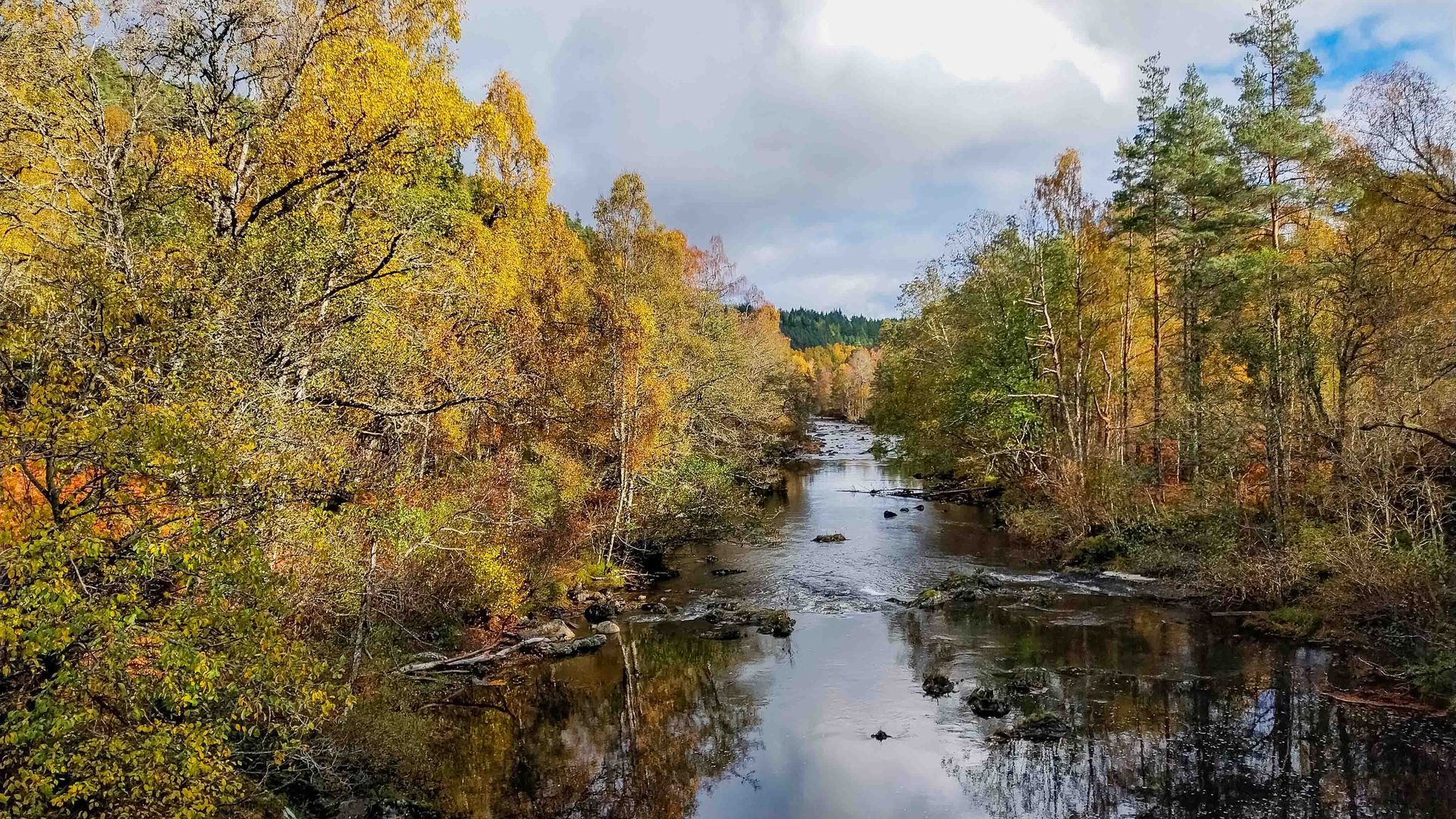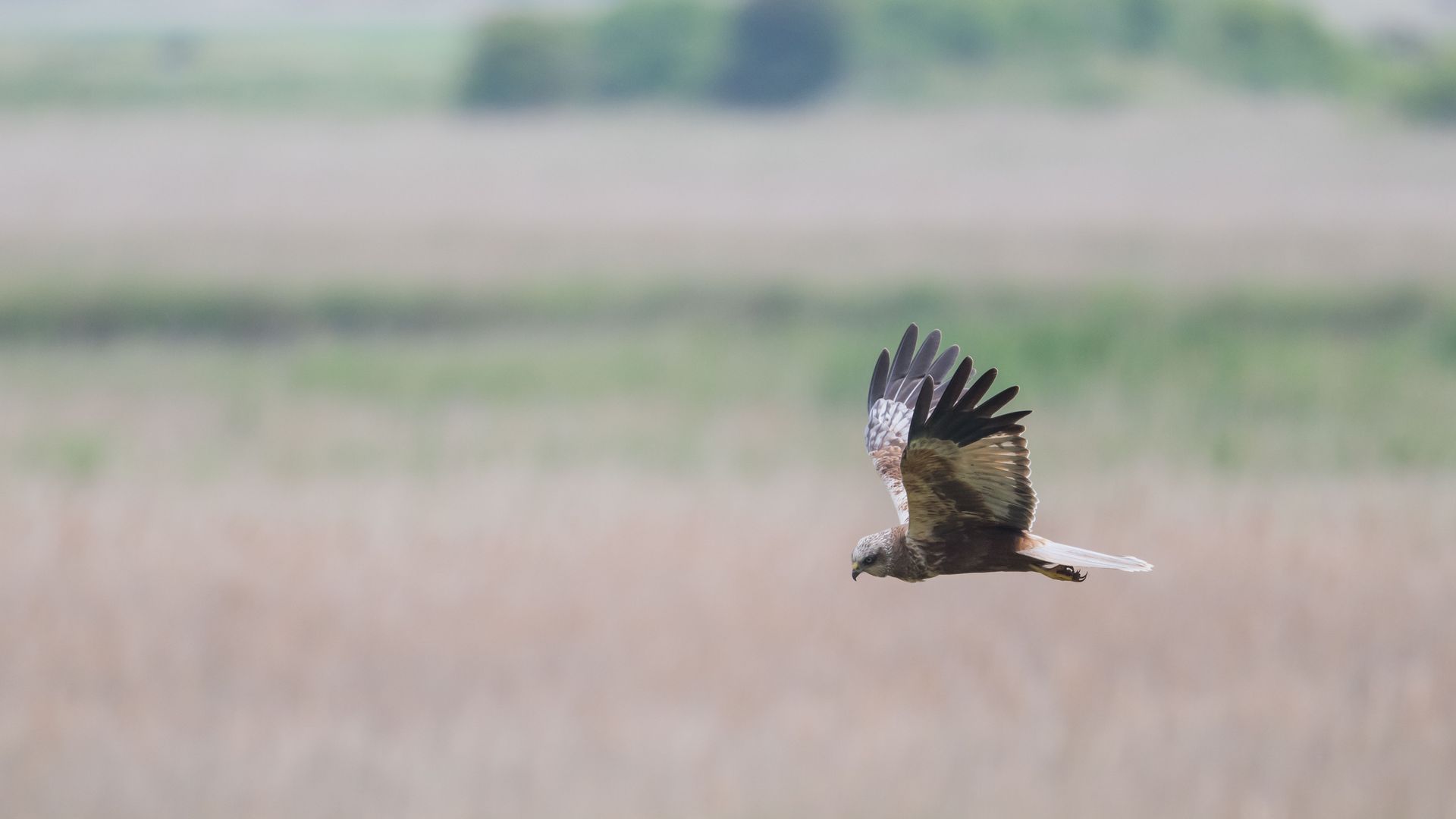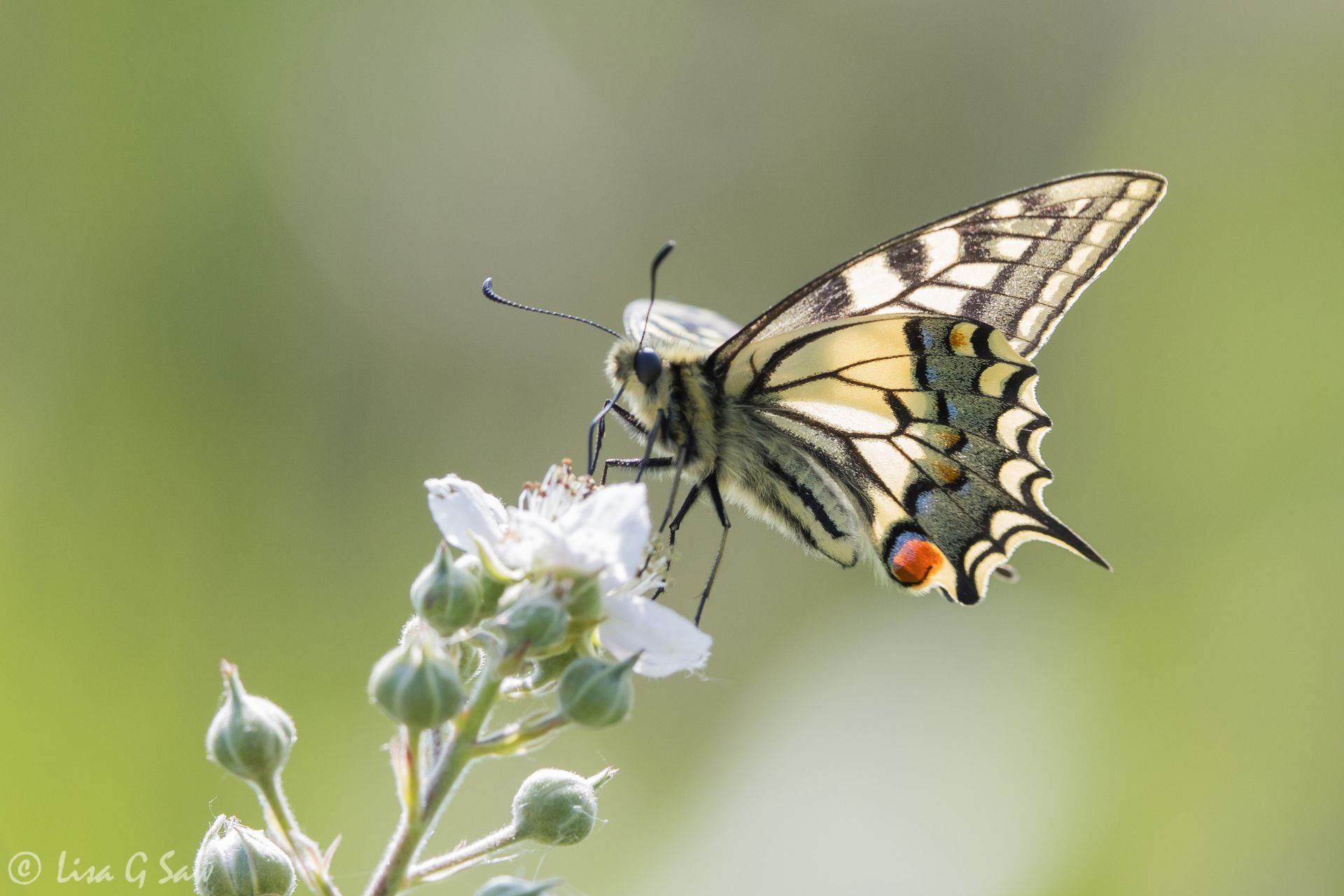Symptom Dialogue
After a difficult year, including a family bereavement and two chronic injuries affecting my ability to work, I reached the point when I realised I needed to listen to my body and find out what it was telling me, which I mentioned at the end of the previous blog in this series, Holistic View of Health. Essentially, I knew I needed to look more closely at the emotional issues affecting me and try to understand what was going on at a much deeper level, and not just focus my attention on treating the injuries. So, I decided to give the Symptom Dialogue exercise a go, which was outlined in The Mind Body Bible by Dr Mark Atkinson. The exercise can even be used to address a disease or situation and not just a symptom. I decided to first focus on my foot problem (plantar fasciitis) because this was the primary injury mainly affecting my ability to teach my dance classes.
I felt it was important to be in the right frame of mind and be clear of any mental chatter, so I went through the process first thing in the morning. As well as it being the quietest time of the day, I’m also more creative and productive then, and I feel fresh. To make sure I was undisturbed, I set aside well over an hour of quiet time with my phone on silent. I even avoided using my computer despite the fact it would’ve been quicker for writing down my thoughts - instead, I went old-school and used pen and paper. It felt more organic and natural that way. I took a few long and slow deep breaths and relaxed.
The book recommends not treating the symptom like “the enemy, as something that needs to be removed or eradicated” and I realised that was exactly what I’d been doing, like I was fighting it. Instead, the aim was to explore the potential positives or opportunities that may be arising as a result of the symptom. Essentially, it was time for me to change my perspective. I needed to accept what was happening, be open to what I may learn and be grateful for the opportunity to know myself better.
The next step was to think of my symptom as an object, to make it easier to explore what it was trying to reveal to me. The idea was to accept the first thing that popped into my head. Immediately, I saw a ball. Then, at the top of a blank piece of paper I wrote, ‘If this foot pain could speak to me what would it say?’, which I know sounds a little odd. But, I was amazed at the random words and thoughts that came to me. I scribbled it all down and even wrote some words more than once, when there were recurring thoughts. The main thing was not to try to figure out the meaning behind it all, but simply let it all flow out across the paper.
Initially, my thoughts were all centred on when I'd first noticed the pain in my foot, at the start of the Covid pandemic and the first lockdown. Unsurprisingly, freedom, loneliness and frustration were the words that came to me more than once. Then thoughts drifted to the present day and feeling tired – everything was getting too much. I wanted and needed more time. Time for things other than work. No pressure. Less Stress. Time to be. Space. Time to reflect. Time for me. Time to write. Time for doing the things that make me happy.
Eventually, I felt drained of thoughts relating to my foot pain and I moved on to the next stage, which was looking at the downsides and upsides of the symptom. I was supposed to have an equal number of both. On the face of it, it might seem as though thinking of positives might be difficult, but after letting all my thoughts out, it was surprisingly easy. I think there are always positives that can be gleaned from our experiences when we look for them. The positives for me were having time out, slowing down, reflecting, listening to my body, going with the flow, not planning and basically giving myself some rest.
When I reflected on the object I’d associated with my symptom – the ball – it seemed so appropriate. At first there was this feeling of literally being stopped from moving, then of not moving forward, figuratively speaking, and then later, the realisation I was always on the go and seldom stationary, hardly resting or giving myself time to reflect.
The sense of clarity I’d gained from going through the whole process was remarkable. All that remained was to come up with an action plan for moving forward. I knew I had to give myself the time and rest I so sorely needed. In fact, I’d already addressed that, because a week before completing this exercise I'd made the difficult decision to have a complete break from teaching during the summer, but, I also needed a plan for the future, once my classes resumed. I had to look at my work-life balance and figure out how I could change my workload so it was physically less demanding on me and sustainable in the long term, plus allow me time for other creative pursuits.
By the end of the exercise, I felt so much better and more positive. I felt the joy of having the time and freedom to do what I needed to do in order to move forward. It felt truly liberating. It was also just the start. Now I’d opened the door to my innermost thoughts, over the course of a few days, I repeated the exercise whilst thinking about different issues and each time new insights were revealed. I even focused on the stress one time, as I knew I had so much tension in my neck, shoulders and back. I wrote so much more on that occasion than any of the other times. Curiously, the object that came to me was a life ring and at the start I had a visual of it in the water and then of me holding on to it, but by the end of all my thoughts, it had grown in size and I was actually sitting on it, floating on the water, feeling fully supported by all those around me. What was really apparent was the shift in the narrative from negative to positive as the flow of thoughts lead me to a much better place. I felt like I was letting go of certain negative thoughts about the future and fully appreciating all the good people and things in my life. I felt a sense of calm and found an inner peace.
Whilst I certainly believed that anything was possible moving forward, there was much I had to let go of and it wouldn’t happen overnight. I’d been holding on to a lot of pain and hurt from the past, in ways I’d never even realised, which had resulted in creating a protective shield around myself, gradually growing over the years. Only now I was realising how this barrier was blocking me from starting a new relationship with someone special. Aside from this, I also felt burdens, pressures and responsibilities that came from the different areas of my life, which weighed heavily on my shoulders. I realised I had to learn to relax and let go of the worry, frustration and tension because it wasn’t helping me at all.
My aim was to go out in nature more, without my camera – for a change – and experience it in different ways and really feel the benefit of mindfulness. But, perhaps most significantly of all, my desire to write was reawakened. For one thing, I felt inspired to write about this year. However, something more important to me was sitting on my computer waiting to be read by someone other than me. In 2020 I’d completed writing a non-fiction book. Finally, it felt like the right time to fully embrace what I wanted to achieve and that was to have it published.
Awareness is such a gift. It’s been enlightening. After completing the Symptom Dialogue exercise several times, it helped me realise what I really want in life, also that it’s within my control to make it happen. I’m not sure even my words here can convey how empowering that feels. It’s like I’ve seen inside my soul and I’m learning to be my true authentic self. I’m letting go of fears and barriers, anything that’s been inhibiting me from chasing my dreams. I’m excited about what lies ahead and I feel hope and optimism is radiating through me. When I think back to the pain I experienced at the start of the year, I now realise how true it is that difficult times help us grow stronger. This was just the beginning of my emotional journey. It feels like now, this year, is the time for me to face my past and work through my issues, so I can fully and completely embrace the future.



